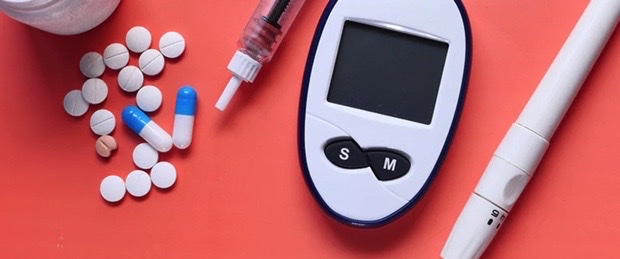Insulin Prices: Will They Ever Come Down?

RUCHI SHAH – Our body is constantly trying to maintain a happy medium called homeostasis. In particular, it utilizes a hormone called insulin to maintain a homeostatic blood sugar level to keep the body healthy. Typically, when we ingest something and glucose is released in the bloodstream after digestion, the pancreas releases insulin to trigger the uptake of glucose and other downstream effects. This uptake lowers blood glucose levels after we eat something, preventing serious symptoms and decreasing an individual’s susceptibility to further disease. When insulin is not present (type 1) or the body cannot properly use insulin (type 2), an individual is considered to be diabetic. Every year, diabetes leads to an estimated 11.3% of deaths worldwide. Though diabetes is typically not the direct cause of death, underlying diabetes generally puts a damper on health and amplifies the effects of most complications and added disease. The key to managing these possible further issues is controlling symptoms by monitoring glucose intake and having access to insulin supplements, typically in the form of injections. The cost of insulin injections have historically remained high but in recent years, high insulin costs coupled with a skyrocketing number of individuals contracting diabetes, the issue of high insulin costs has festered particularly terribly. According to the World Health Organization (WHO), the number of people with diabetes worldwide grew by 314 million from 1980 to 2014. Moreover, in the last 16 years, there has been a 5% increase in premature death because of underlying diabetes. Not enough is being done to make insulin accessible to diabetes in the US, and meanwhile diabetes is only growing in prevalence.
Insulin supplemental products generally come in one of three categories – animal insulins (not available or used in the US), human insulins and analog insulins. Animal insulins are typically synthesized in bovine (cow) or porcine (pig) models. Human insulins are synthesized by inserting recombinant DNA in specific bacteria and essentially utilizing the bacteria as a manufacturing house. Lastly, analog insulins are developed synthetically and affect insulin use by specifically increasing the absorption rate of insulin to amplify its effect. Analog insulins are the most commonly prescribed of these three types because of their predictable regulatory effects and better glucose control, but they are far less cost effective than human insulins. American markets focus on human and analog insulins.
The US insulin market is largely controlled by the “Big Three” pharmaceutical firms – Novo Nordisk, Sanofi and Eli Lilly. For 2012 to 2016 alone, the average price paid for insulin by type 1 diabetics nearly doubled. In response, Medicaid and Medicare reimbursements for insulin products have increased and thereby led to the increase in the difference between list and net price for these products. Another cause of increasing cost for insulin supplements is patent protection. Up until 2015, most insulin products were patent protected, allowing companies to monopolize their products and drive up the list price with ease. In recent years, most of these patents have expired but patents on devices necessary to administer the insulin are patent protected. As a result, insulin supplements themselves are not expensive as a result of patent-protection on the actual insulin. However, diabetics are still forced to pay high prices for the drugs because of the residual effects of these patents and pay high prices for the patent-protected insulin administration devices.
One of the current solutions being worked on in the US is the introduction of biosimilar insulins to the insulin market to establish competitor insulin products. The idea is these products will make insulin products more affordable by diversifying the market and effectively increase accessibility of these products for diabetic patients. This is still a work-in-progress as these products have not yet gotten approval from the FDA. Though this may mitigate the gap in list and net pricing for insulin products, the high cost of products will likely remain. Normally, after enough time has passed, the cost of technology and production of such treatments will drop; however, the increasing need for these products and the heavy dependency of diabetic patients on them, pharmaceutical companies have been able to drive up insulin prices with little to no regulation or consequence. Lawmakers need to place stricter regulations around insulin pricing to allow for better access to insulin products for patients who need them but can currently not afford them.Medicare or Medicaid reimbursements do help patients but they are only a temporary fix and they prolong the patients’ inability to afford their products. Without proper intervention on the pricing side, lawmakers will not even be able to make a dent in insulin costs and diabetic patients will be left with nothing.
Copy Editor: Aditi Madhusudan
Photography Source: https://healthy.kaiserpermanente.org/health-wellness/healtharticle.benefits-of-medication-for-diabetes
